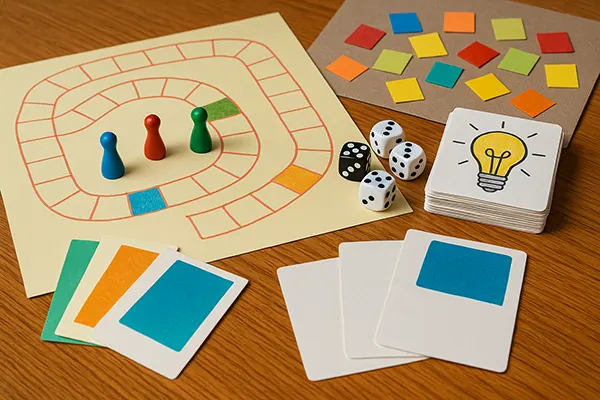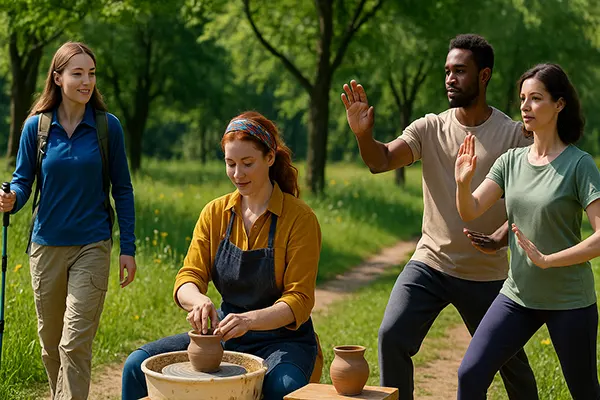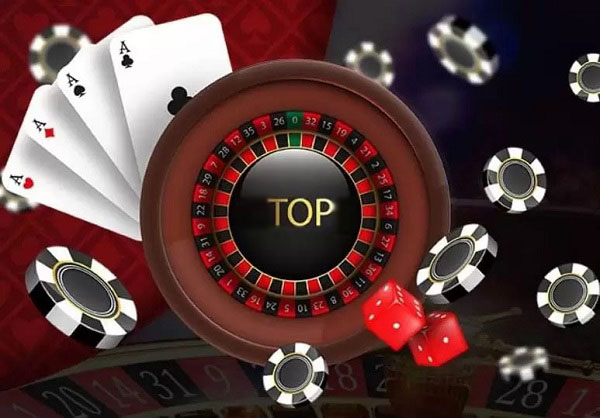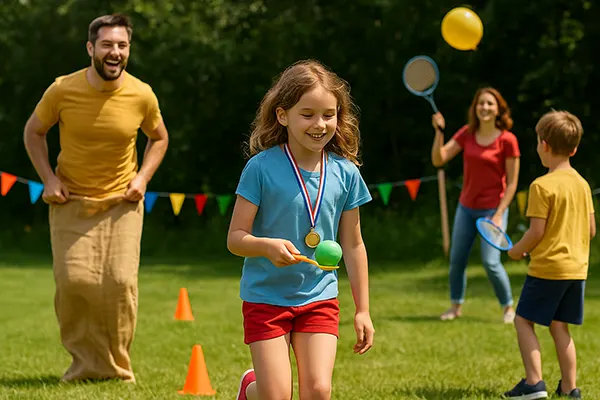How to Create Your Own Board Game at Home: A Step-by-Step Guide for Beginners
Designing a board game at home can be an exciting creative project that combines imagination, planning, and a bit of hands-on work. Whether you are aiming to create a simple family game for fun evenings or a more complex strategy game, the process allows you to explore storytelling, problem-solving, and design skills. In this guide, you will find practical steps and useful advice to help you turn an idea into a playable and enjoyable board game, all using materials available at home.
Planning the Concept
The first stage in creating a board game is developing a clear concept. Think about what kind of game you want to make: is it about strategy, luck, cooperation, or storytelling? Deciding on the core idea will make it easier to design rules, create components, and develop an engaging theme. It is useful to look at existing board games for inspiration, but remember that your unique twist will make the game stand out.
When shaping the concept, consider who will play your game. Is it intended for children, adults, or mixed groups? The age group of your audience will affect the level of complexity, length of play, and type of content that will be appropriate. Games designed for families might benefit from simple rules and colourful visuals, while games for adults can include more detailed strategies and competitive mechanics.
Another part of planning is to decide on the overall objective of the game. Do players need to collect points, reach a destination, or solve a mystery? A clear end goal will help guide the design process and keep the players motivated throughout the experience. This clarity ensures that every rule and component serves a meaningful role in the game.
Choosing the Theme and Mechanics
Once you have the concept, it is time to settle on a theme and game mechanics. The theme gives your game its identity – it could be set in space, in a medieval kingdom, or around everyday life situations. A strong theme helps immerse players in the experience and makes the game more memorable. Selecting a theme that excites you will also keep you motivated during the creation process.
Game mechanics are the rules and systems that guide how players interact with each other and with the board. Common mechanics include dice rolls, card draws, movement across spaces, or resource management. You can combine multiple mechanics, but keeping them balanced is important. Too many complicated rules may confuse players, while overly simple rules might reduce long-term enjoyment.
At this stage, it is helpful to sketch out how turns will flow. For example, will players move their pieces in a set order, or can they act simultaneously? Establishing these foundations will give you a framework to build the rest of your design upon.
Creating the Components
After planning the concept and rules, the next step is building the physical elements of your game. Most board games include a playing surface, player tokens, cards, and dice, although you can adapt these components depending on your design. Many of these items can be made using basic household supplies such as cardboard, paper, and markers.
The board itself can be drawn on a large sheet of paper or cardboard. Keep the layout simple at first – you can refine it later as you test the game. Use colour and symbols to make different areas clear, ensuring players can easily understand where they are and what actions they can take.
Player tokens can be made from coins, buttons, or small toys, while cards can be created using cut pieces of paper or old playing cards. Write clear instructions or values on them so that players know how they function during the game. If dice are central to your mechanics, you can use any spare ones from other games or make spinner alternatives if needed.
Designing the Rules and Instructions
Even the most creative game will fail if players cannot understand how to play it. Writing clear and simple rules is therefore essential. Begin with a short overview of the game’s objective, then describe the setup, the order of play, and the conditions for winning. Organising your rules in sections will help players learn quickly and avoid confusion.
Use examples within the rules to show how certain actions work in practice. For example, if players must draw a card when landing on a particular space, include a sample situation that demonstrates this. Visual aids such as diagrams or sketches can also make instructions easier to follow.
When drafting the rules, test them by reading them aloud to friends or family members who have never played the game before. Their questions will highlight unclear sections and give you the chance to improve the instructions before wider playtesting.
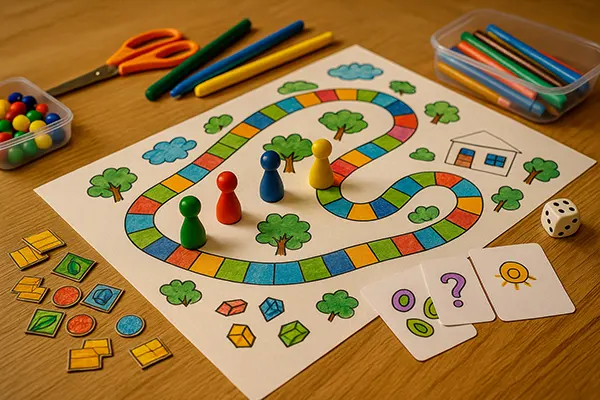
Testing and Improving
No board game is perfect after the first draft. Playtesting is the most important step in refining your design. Invite different groups of people to try your game, and carefully observe how they interact with it. Pay attention to whether they understand the rules, enjoy the mechanics, and stay engaged throughout the session.
Feedback is crucial. Encourage players to share what they liked, what confused them, and what they would change. Keep a notebook to record these suggestions and adjust your game accordingly. Sometimes small changes, like altering the number of spaces on the board or adjusting the effects of certain cards, can make a big difference.
Balancing fairness is also key. A good board game should give every player a chance to win, while still rewarding smart decisions or lucky risks. If one strategy always guarantees victory, or if luck alone decides the outcome, consider revising your rules to maintain excitement and variety.
Final Touches and Presentation
Once you are happy with how your game plays, focus on presentation. Adding colour, artwork, and decorative details will make your board game feel more polished and enjoyable. You do not need professional tools – hand-drawn illustrations or printed graphics from free resources can be just as effective. Laminating cards or using thicker paper can also make components more durable.
If you want to go further, you can explore free design software to create digital layouts for the board and cards, which you can then print. This is especially useful if you plan to share your game with others or create multiple copies. Presentation not only improves the look of your game but also shows the effort you have put into creating it.
At this stage, you will have created a complete, functional, and enjoyable board game that can bring people together for fun and interaction. Every new play session may reveal small areas to refine, but the essential structure will be in place for years of entertainment.
